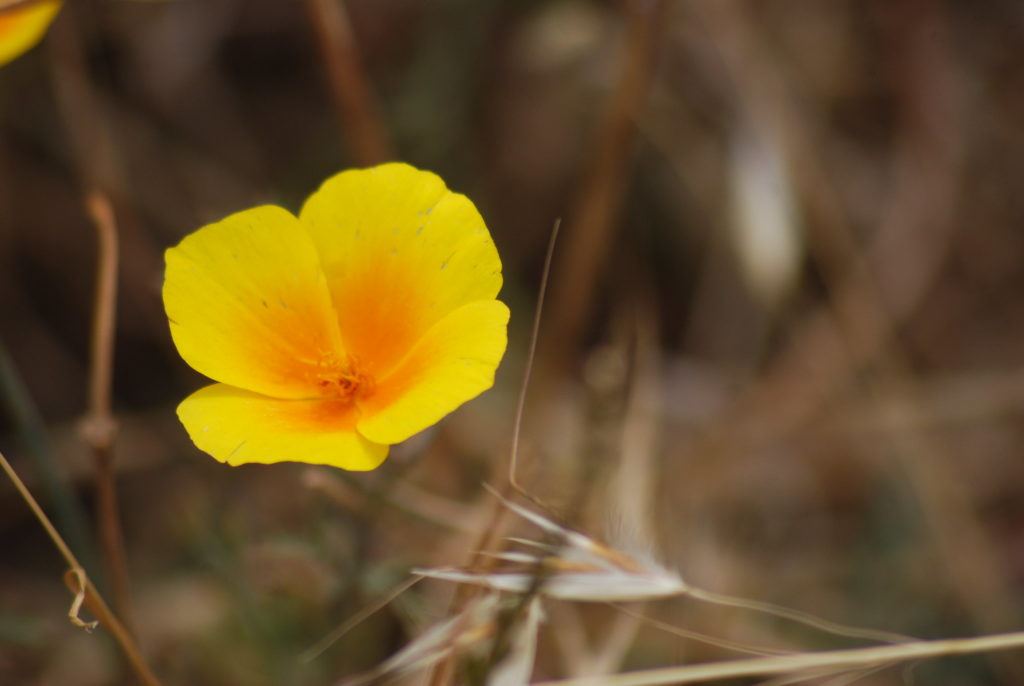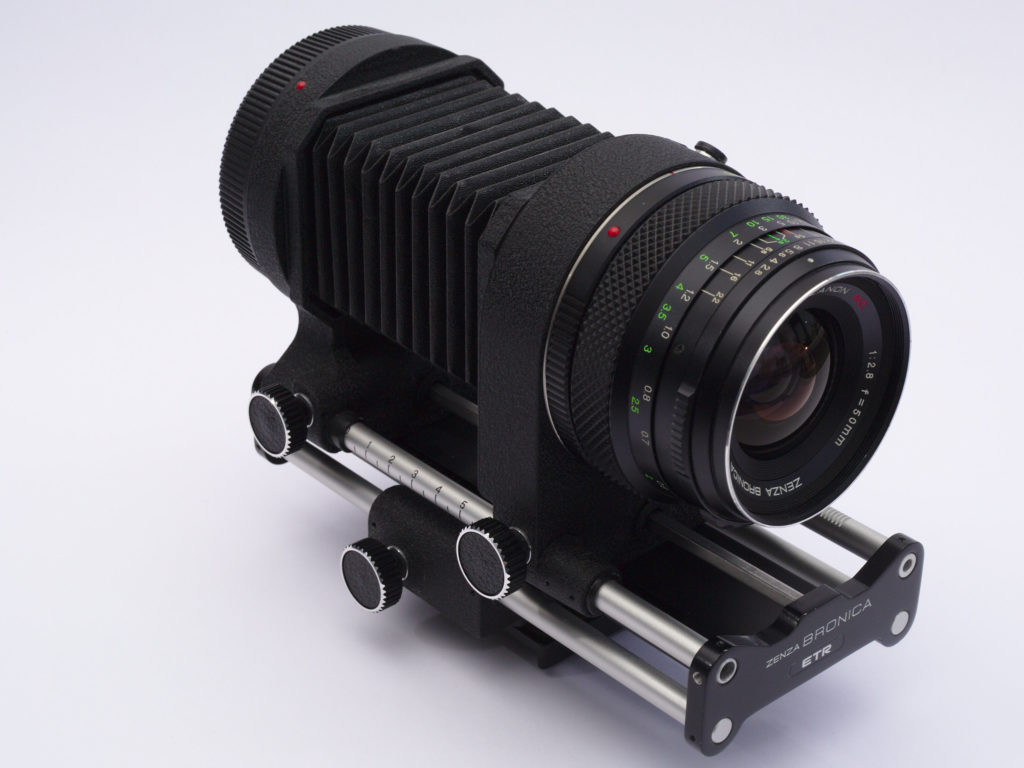Macro lenses invite us into a whole new world of photography. The realm of the small, under or unnoticed. But exactly what is a macro lens? Some lenses claim to have macro modes, some claim to be macro lenses, some suggest they are micro lenses. Today in true Light stalking style we are going to separate the chaff from the wheat with our guide to understanding macro lenses.
What is Macro Photography?
Before we delve into the different types of lenses, we should really take a brief refresher in what macro photography actually is. Put simply, it is the art of taking close up images of subjects, revealing details that are difficult to see with the unaided eye.
Macro photography is often spoken about in terms of ratios, 1:1 1:2 etc. These ratios are the difference between the size of an image and its size on the sensor. For example if you are taking a shot at 1:1 and the subject is 10mm long, the image that the lens projects onto the sensor will be 10mm long, in other words life sized. An image taken at 1:2 will be 5mm long on the sensor so it’s half life size.
Macro photography is generally regarded to be in the range of 1:10 down to 1:1, although a true macro image is shot at 1:1.
So with that explained, lets have a look at types of macro lenses.

True Macro is a ratio of 1:1 or more. By Umberto Salvagnin
Lenses With Macro Modes
These lenses are general purpose lenses that allow closer focusing than normal lenses. Generally they are standard or moderate telephoto zooms that incorporate a switch on the barrel allowing the lens to focus closer than normal.
Lens manufacturers can be a bit cagey as to just how macro their lenses are – some might only give a ratio of 1:4, others may go down to 1:1 and beyond. Whilst most of these lenses will give a good quality image, because they are designed as general purpose lenses, their sharpness at the macro end, particularly in the edges and corners will not be as good as a true macro lens.

Macro modes allow you to get close, but not as close as true macro lenses. By Paul Sullivan
True Macros Lenses
Most camera manufacturers and third party lens companies have at least one macro lens in their line up, often more. True macros are nearly always prime, or fixed focal length optics and are usually in the range of 50mm to 180mm. Most of them have a relatively fast aperture, f2.8 being the most common although cheaper models may sacrifice aperture, dropping to f4 or 5.6.
The different focal lengths are characterised by the distance away from the subject you will be at 1:1. A 50mm macro, for example will have you much closer to the subject than a 180mm. When deciding what to buy, this is an important consideration. If your subject is predominately flora then a shorter focal length might be better, if insects are your bag then a longer focal length will allow you to shoot from further away. The advantage of this is that you are less likely to spook the insect, or if you are not keen on them, spook yourself.
One consideration with macro lenses is the minimum aperture rather than the maximum. Because close up images will have a reasonably shallow depth of field even at f8 or so, the maximum aperture is not a big consideration. However if you are looking for shots with a good depth of field, you might need a lens that goes to f22 or beyond. The issue here of course is that diffraction (a softening of the image cause by the acute angle that the light falls on the sensor) will start to have an effect on image quality.
Despite being designed for macro work, macro lenses are also very good general lenses. Their focal lengths and wide apertures make them particularly useful for portraiture.

A 90mm true macro lens. By Spiterman
Other Options:
Although we are looking at macro lenses, it's worth pointing out there are a few other options that will allow you to get up close and personal with your subject.
Close Up Lenses – These are screw in filters that allow you to focus a normal lens much closer. The advantage is that they are very cheap but the image quality will be nowhere near that of a true macro.
Reversing Rings – These allow you to use your lens on your camera back to front. In other words the front element becomes the rear and vice versa. You literally mount the lens backwards. This allows the lens to focus much closer than before. Advantages are good image quality for a low outlay. Disadvantages are that all auto focus and exposure modes will be lost. You will need to stop the lens down manually to get the right exposure.
Macro Bellows and Extension Tubes – These sit between your lens and the camera’s body, effectively moving the lens further away from the sensor and hence projecting a larger image onto the sensor. Some extension tubes allow you to convey electronic information between the lens and camera and hence maintain auto exposure and focus modes. Again, this can be a cheaper option than a dedicated macro lens.

A macro bellows unit. By Dennis van Zuijlekom
Macro photography is a fascinating world and one that can be easily accessed with the right lens. If you are looking to shoot the occasional close-up, then a general lens with macro capability might be the option. If however, you want to shoot a lot of high detailed close-up images a true macro is the way to go.






3 Comments
My sister-in-law does bead work as a hobby and she wants me to take pictures of her bead necklaces & ear rings she also makes custom greeting cards. She has a small light-box. I have 4 close up filters (1;2;4;10) that probable not the best.. I would be using my 18-55mm 1:3.5-5.6G Kit lens & I was thinking about using a close-up filter. Have you in the past had articles on how to do close-up photos on subjects like this? Could you help me on this subject matter. I’ve tried in the past to take some pictures with my kit lens, hand held but didn’t get a good depth of field on the subject matter. I now have a nice tripod, is there something you could suggest….Michael
You could try focus stacking your shots.
Michael,
Your best and cheapest solution (if not willing to pay the hefty price of a real macro lens) is extension tubes.
An alternative is buying a used macro lens (50 mm should be good), as long as you buy it from its trusted owner (as opposed to buying from a wholesaler who buys things by the truckload without any knowledge of the lens history).
I have bought two used macro lenses and a couple of used billows in the past, and I’m very pleased.
They came in their original boxes with minimum signs of use, if any.
For around $30 or so, you can get a set of 3 tubes with electric contacts. That means your lens automation would be maintained (auto-focus, aperture).
A tripod is a must when shooting at such close distance.
Good lighting is important. A small aperture (f/11 or f/16) would be good. Low ISO (like 100) would be best (for low noise).
When triggering the shutter, it’s better to set your 2 or 10-second timer before you press the shutter button.
Depending on the distance between your lens and the subject, as well as the size of the subject, you will soon know if you need to use one of the tubes, 2 of them, or all 3 of them.
Play with the set up to see the best results.
The close up lenses you are using are OK, especially for taking pictures of flat surfaces, but they are not that great for macro work.